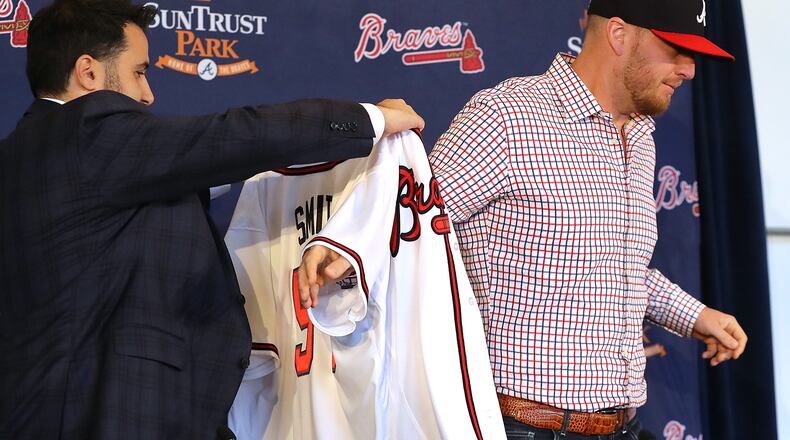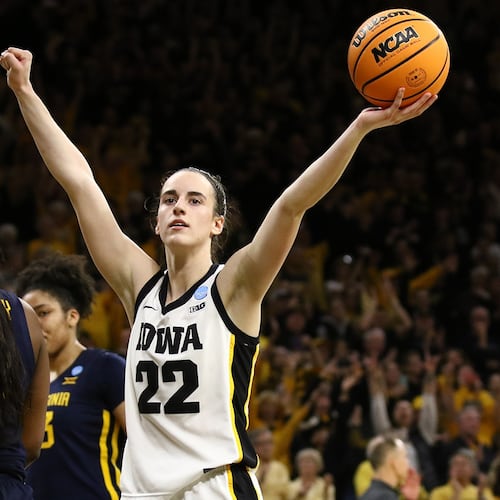Projecting a 60-game baseball season is a fool's errand, given that there has never been a 60-game baseball season. The only antecedent – we stipulate that it's a faulty antecedent – came in the strike year of 1981.
There were no games between June 12 and July 31 of that year. Once the strike ended, MLB decreed that the four division leaders at the cessation of play on July 11 were first-half division winners, meaning they were already bound for an expanded playoff. Having nothing to prove, the Yankees and Dodgers finished sixth and fourth in their respective divisions over the second half. No matter. Both wound up in the World Series.
Neither half-season in 1981 was precisely that. The Dodgers edged Cincinnati for first place in the NL West over the first half because they played one more game. Kansas City finished one game ahead of Oakland over the second half in the AL West; the Royals played 53 games, the A’s 49. Over both halves, the two National League teams with the two best records were the Reds and the Cardinals; neither made the eight-team playoff field.
This much-shortened regular season – assuming it actually begins and reaches completion, about which I still have doubts – offers a level playing field. Everybody plays 60 games. Every team in an East division plays only teams from the two East divisions; the same with the Central and the West. We’re about to see short-track baseball, which flies in the face of everything this gently undulating sport had come to be, but sometimes needs must.
The trouble with projecting a season that’s 37% of the usual length is that it’s the rough equivalent of predicting how the standings would look on any given Memorial Day. Over 162 games, there are no fluke winners. Over 60, there might well be. On Memorial 2019, the Phillies and Cubs were division leaders. Neither made the playoffs. The Cardinals were a .500 team. They won the Central. The Nationals were 10 games below .500. They won the World Series.
On Feb. 21, Dan Szymborksi's ZiPs ratings on FanGraphs gave the Braves a 66% chance of making the playoffs. His 60-game projection assigns the same team a 48.8 % chance. The Phillies' postseason chances have risen from 18.7% to 30.4. That's a reflection of the shortened schedule, not of the teams. Almost anything can happen over 60 games. Per ZiPS in February, the Astros had an 88.1% chance of making the playoffs; ZiPS now assigns them a 60.9% shot.
That’s why today’s exercise is, for want of a better word, silly. Over a six-month season, one bad month can be overcome. Over a 10-week season, one lousy week could change everything. No organization sets up a team with the aim of playing well for 60 games. That said …
The Braves appear suited for what’s apt to come. There are two huge wiggle words in the previous sentence – “appear” and “apt” – but if you’re looking for a team with enough starting pitching to subsist after 3½ weeks of non-spring training and a bullpen capable of covering four innings on a daily basis, this is it.
There’s a word Alex Anthopoulos uses in every discussion of his club. That word is “depth.” While an assistant general manager with the Dodgers, he saw the difference a roster’s 24th and 25th men can make. In two-plus years as GM here, the cultivation of depth has been his greatest contribution. (Well, that and one year of Josh Donaldson.)
In 2018, only one of the five relievers who’d appeared in 50-plus games made the Braves’ 25-man postseason roster. In 2019, Anthopoulos’ deadline haul included three relievers – Chris Martin, Shane Greene and Mark Melancon. Those three are still here. So are Darren O’Day, who is finally healthy after his 2018 acquisition, and Will Smith, the All-Star closer signed in November for $40 million over three seasons. There aren’t many deeper bullpens. There mightn’t be any.
Anthopoulos’ timing – Martin and O’Day were re-signed in November – could prove fortuitous in this pandemic season. Most years, even good clubs skimp on bullpen arms until the trade deadline, figuring they can always go buy one or two come July. This year’s trade deadline will be Aug. 31, not five weeks after the season is set to start. Not many teams will be sellers by then; at least 20 clubs could still have realistic playoff expectations. Having already bought, the Braves shouldn’t need to buy again.
The stop-and-start of baseball – spring training began in February and ended March 12; since then, there’s been nothing – means that a starting pitcher’s role has been redefined. For the first month or so, seven innings won’t be required. Five, or even four, could suffice. This might even be a time to trot out a six-man rotation, which the Braves could do: Soroka, Foltynewicz, Fried, Wright, Newcomb and eventually Hamels. (And don’t forget King Felix. Don’t forget Ian Anderson, either. It’s not as if he’s going to be pitching in the minors.)
The concept of a strict five-man rotation is something else the Dodgers have flouted. L.A. deployed 11 different starting pitchers in each of the past two seasons. A 60-game season doesn’t figure to hinge on consistency; there won’t be time for that. It will come down to who’s the healthiest today. Yes, fewer games boost the chances of lesser teams, but having more arms – for the thousandth time: pitching is 75% of baseball – is the best inoculation against the vagaries of a small sample size.
This doesn’t mean the Braves are a lock to win the NL East or even claim a wild card. Over 60 games, there are no locks. I do, however, like their chances. Had Anthopoulos sought to build a roster with a two-month sprint in mind – he didn’t, but let’s pretend – I don’t know that he’d have come up with one much different from this.
About the Author
The Latest
Featured



